60% and 65% keyboards are both compact keyboards by packing the essential functions of a full-size keyboard into a much smaller design. The 60% keyboard seeks pure minimalism, while the 65% adds a touch of practicality.
Don't know what to choose between these two layouts? Don't worry, this article will help you know everything about these two layouts.
What is a 60% Keyboard?
A 60% keyboard is about 60% the size of a standard full-size keyboard.
How many keys does a 60% keyboard have?
Generally a 65% keyboard has 61-64 keys.
What keys does a 60% keyboard include?
A 60% keyboard removes the numeric keypad, function key area (F1-F12), direction keys, and navigation keys (such as Home/End), retaining only the most core main key area:
- Standard alphanumeric keys (letters, numbers)
- Essential modifiers (Shift, Ctrl, Alt, Fn)
- Number row (1–0)
On a 60% keyboard, the missing keys can still be accessed through key combinations and key remapping by software drivers, or VIA and QMK.

Pros of 60% Keyboard
1. Extremely Compact, Space-Saving
60% keyboards only occupy 60% of the size of the full-size keyboard, leaving a large range for mouse operation. It is suitable for the limited desktop space.
2. Highly Portable
The compact size makes the 60% keyboard easy to carry around, especially for the wireless mode, making it an excellent choice for travel or on-the-go use.
3. Highly Customizable (Geek-Friendly)
A 60% keyboard is heavily supported in the custom keyboard community. Users can freely modify key mapping, macros, and even lighting effects through tools like QMK/VIA to create a completely personalized operating experience.
4. Benefit for FPS players
On the 60% keyboard, the WASD area is centralized and symmetrical for quick positioning. Macro programming allows complex actions to be bound to a single key (such as a single-button jump and crouch).
5. Aesthetics and Collectibility
Due to the streamlined structure, manufacturers pay more attention to industrial design details such as floating keycaps, layered RGB lighting effects, and metallic frames, making them a work of art on the desktop.

FUN60 Pro ISO HE Magnetic Keyboard
Cons of 60% Keyboard
1. Learning Curve
Without the arrow keys and function keys, the 60% keyboard relies on key combinations. It takes time to adapt and learn. In addition, it is easy to accidentally press them and affect efficiency. Not friendly for users who are used to a full-size keyboard.
2. No Dedicated Arrow Keys
On the 60% keyboard, there are no dedicated arrow keys, which affects the efficiency for text editing, Excel spreadsheets, and code writing.
3. Missing Function Row (F1–F12)
Function keys need to be achieved by the key conbination, it is not friendly for programmers, video editing (shortcut keys), games (F-key binding), and others.
4. No Navigation Cluster
The Navigation Cluster is crucial for writers, coders, and office workers. Without these keys, the workflow will slow down.
60% Keyboard: Who Is It For?
| Suitable For | Not Suitable For |
| Gamers (FPS, competitive): Need more mouse space, don’t rely on extra keys. | Programmers / Coders: Often need arrows, F-keys, and navigation keys. |
| Minimalists: Love a clean, uncluttered desk setup. | Office / Productivity users: Heavy use of navigation cluster (Home, End, PgUp, PgDn). |
| Travelers / Students: Portable, lightweight, easy to carry. | Spreadsheet & Data Entry Users: Need numpad for fast number input. |
| Mechanical Keyboard Enthusiasts: Popular in custom builds, great for modding. | Shortcut-heavy Professionals: (designers, video editors) → More layers = slower workflow. |
| Writers / Casual Typists: Mainly use alphanumeric section. | Users switching between layouts: Steeper learning curve, inconsistent with full-size/TKL. |

FUN60 Ultra TMR/HE Magnetic Keyboard
What is a 65% Keyboard?
A 65% keyboard is slightly larger than a 60%. On the basis of the 60% keyboard, a 65% keyboard adds dedicated arrow keys and a small set of navigation keys—which makes it much more practical for daily use.
How many keys does a 65% keyboard have?
On a 65% keyboard, there are 67–69 keys.
What keys does a 60% keyboard include?
The 65% keyboard has the dedicated arrow keys and a few navigation keys.
- Standard alphanumeric keys (letters + number row)
- Dedicated arrow keys
- A few navigation keys (usually Delete, Page Up, Page Down, Home, or End—depending on design)
A 65% keyboard is compact like a 60% but with the convenience of arrow keys and a handful of extras.

Pros of 65% Keyboard
1. Balancing functionality and portability
While reducing the size, adding the dedicated arrow keys and some navigation keys, and eliminating the need to rely on combination keys to perform basic operations.
2. Low learning curve
By retaining high-frequency function keys like the arrow keys, new users require virtually no adjustment period, making it ideal for those transitioning from a standard keyboard to a compact device.
3. Wide range of adaptability scenarios
The 65% keyboard can adapt to most scenarios. It keeps the arrow keys for smooth control in FPS, MOBA, and racing games, while its compact size still saves desk space. Moreover, it can also improve your work efficiency brilliantly thanks to the arrow keys and shortcut key support.
4. Compact and portable
Slightly larger than a 60% keyboard but much smaller than a TKL or full-size keyboard. Just like 60% keyboards, it saves desk space, leaves extra room for mouse movement, and is easy to carry.
5. Minimalist Aesthetic
A 65% keyboard still is sleek and uncluttered, but not as stripped down as a 60%.
Cons of 65% Keyboard
1. No Function Row (F1–F12)
A 65% keyboard still has no function row, relying on the combination keys.
2. Limited Navigation Keys
While better than 60%, it doesn’t have the full navigation cluster. For heavy text editing or office tasks, this can feel restrictive.
3. No Numpad
Like all compact keyboards, it sacrifices the number pad. Not ideal for accountants, data entry, or users who type lots of numbers.
65% Keyboard: Who Is It For?
| Suitable For | Not Suitable For |
| Gamers (FPS/Competitive) : need max mouse space | Programmers / Coders: need arrows & F-keys |
| Minimalists: want a clean desk aesthetic | Spreadsheet / Data Entry: need numpad |
| Travelers / Students: portable & lightweight | Office / Productivity Users: need navigation cluster |
| Keyboard Enthusiasts: love custom builds | Shortcut-heavy Pros (designers, editors): need macros & extra keys |
| Writers / Casual Typists: use mainly alphanumeric keys |
Mixed Layout Users: struggle with switching & muscle memory |
After knowing the pros and cons for these two layouts, let's check the quick comparison between them.

60% vs 65% Keyboards: Detailed Comparison
| Feature | 60% Keyboard | 65% Keyboard |
| Key Count | ~61 keys (ANSI), 62–64 (ISO/JIS) | ~67–68 keys (ANSI), 68–69 (ISO) |
| Layout Size | Very compact, smallest common layout | Slightly larger, compact but adds extra keys |
| Arrow Keys | None (Fn-layer required) | Dedicated arrow keys included |
| Function Row (F1–F12) | Absent, Fn-layer combos needed | Absent, Fn-layer combos needed |
| Navigation Cluster | None (Delete, Home, End, PgUp/PgDn via Fn) | Partial (Delete, PgUp/PgDn, Home/End in some designs) |
| Numpad | None | None |
| Portability | Excellent | Excellent, slightly bigger than 60% |
| Desk Space | Minimal footprint, maximum mouse space | Compact, still leaves good mouse space |
| Aesthetic / Minimalism | Very minimalist | Minimalist but slightly more functional |
| Learning Curve | Higher (more Fn-layer use) | Moderate (arrows easier to access) |
| Best For | Gamers, minimalists, travelers, enthusiasts | Gamers, typists, coders who want compactness + arrows |
| Less Ideal For | Productivity-heavy users, programmers, data entry | Users needing full F-row or full navigation cluster |
- Choose 60% if you want maximum portability, esports-ready compactness, minimalist desk setups.
- Choose 65% if you need arrow keys and navigation for coding, productivity, or hybrid gaming/work use.
While the theoretical difference between the 60% and 65% layouts is significant, it becomes easier to understand when we look at actual products.
Take Monsgeek FUN series magnetic keyboards, for example. They come in two layouts: 60% and 65%:
Monsgeek 60% vs 65% Magnetic Keyboard: FUN60 VS FUN68
FUN68 (65%): While maintaining a compact size, it adds arrow keys and some additional features, making it ideal for users who need a balance between gaming and productivity. It supports wired and tri-mode connections, features the HE magnetic sensor, support RT 0.005mm, and comes with customizable ARGB lighting.
FUN60 Series (60%): Offers several models (Pro, Max, Ultra) designed for maximum portability and minimal desk space. Depending on the version, users can choose different case materials (ABS or CNC aluminum), larger battery capacities, and advanced switch compatibility. The Ultra TMR version even supports both magnetic and mechanical switches for enthusiasts who want more flexibility.
Here is the comparison chart for the FUN series:


If you value ultra-portability and minimalism, the FUN60 series is a perfect fit.
If you need arrow keys and extra usability, the FUN68 delivers a more versatile experience without taking up too much additional space.
Which Layout Should You Choose?
When you don't know which layout to choose, you can try to consider these:
1. Matching Your Core Needs
Just think about the core tasks you use your keyboard for and choose the keyboard that best suits that priority. But if you switch between multiple tasks, focus on what you use most often.
Just like a writer who occasionally plays games might still avoid a 60% layout because it lacks dedicated arrow keys.
2. Space vs. Portability
A 60% keyboard is great for travel or tight desk setups, the 65% model offers a slightly larger footprint. If you seek ultra portable, 60% can be your choice.
If you're looking for ultra-portability, the 60% model might be the one for you.
3. Ease of Adaptation
For beginners, the 65% layout is usually easier to get used to. Meanwhile, experienced gamers and enthusiasts may prefer the 60% layout for its higher level of customization and minimalist appeal.
4. Extra Features to Consider
Look out for features like wireless connectivity, backlighting, and software support.
Hope you can find the right keyboard layout!
Know more about Keyboard Layout:
The Ultimate Guide to 60% Keyboards


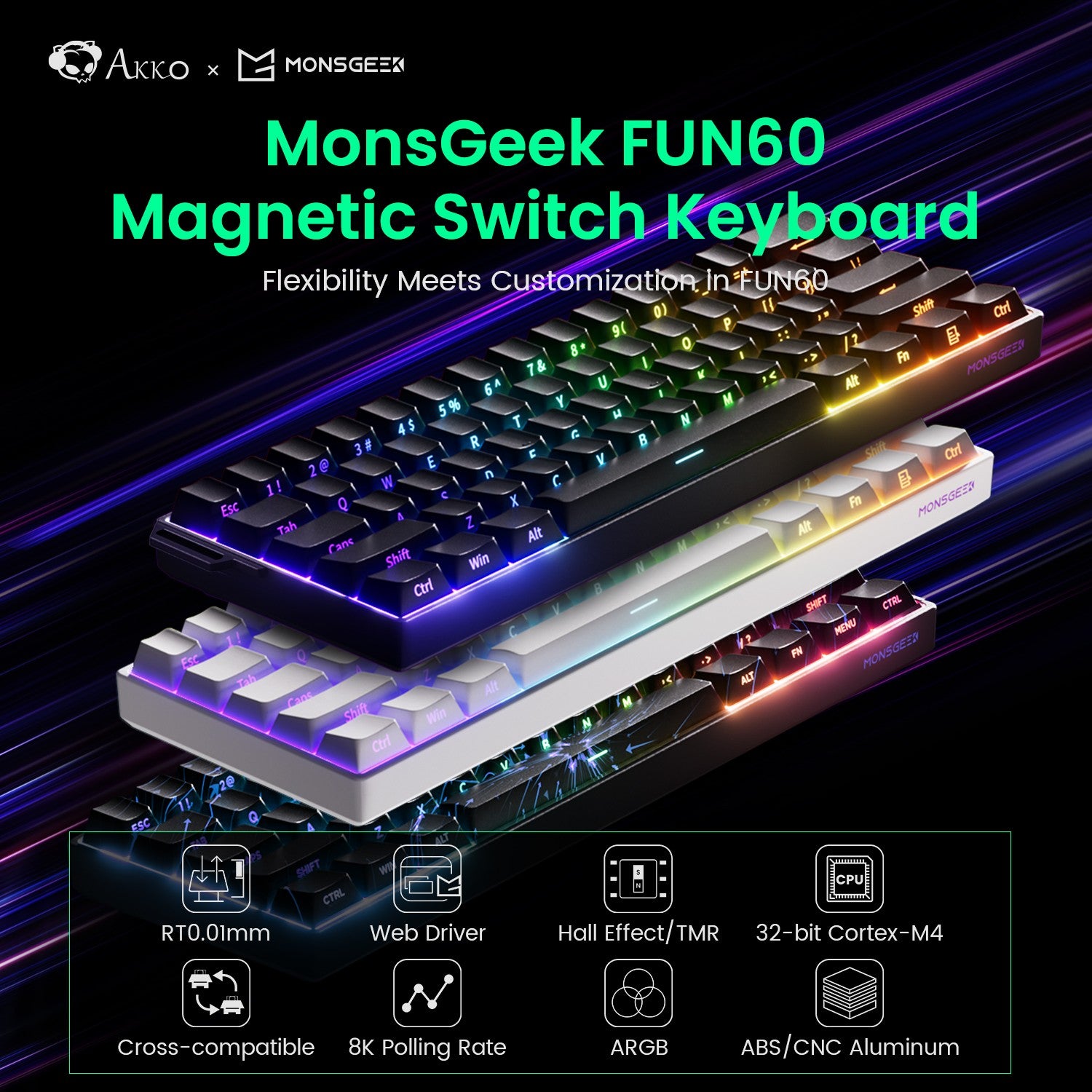

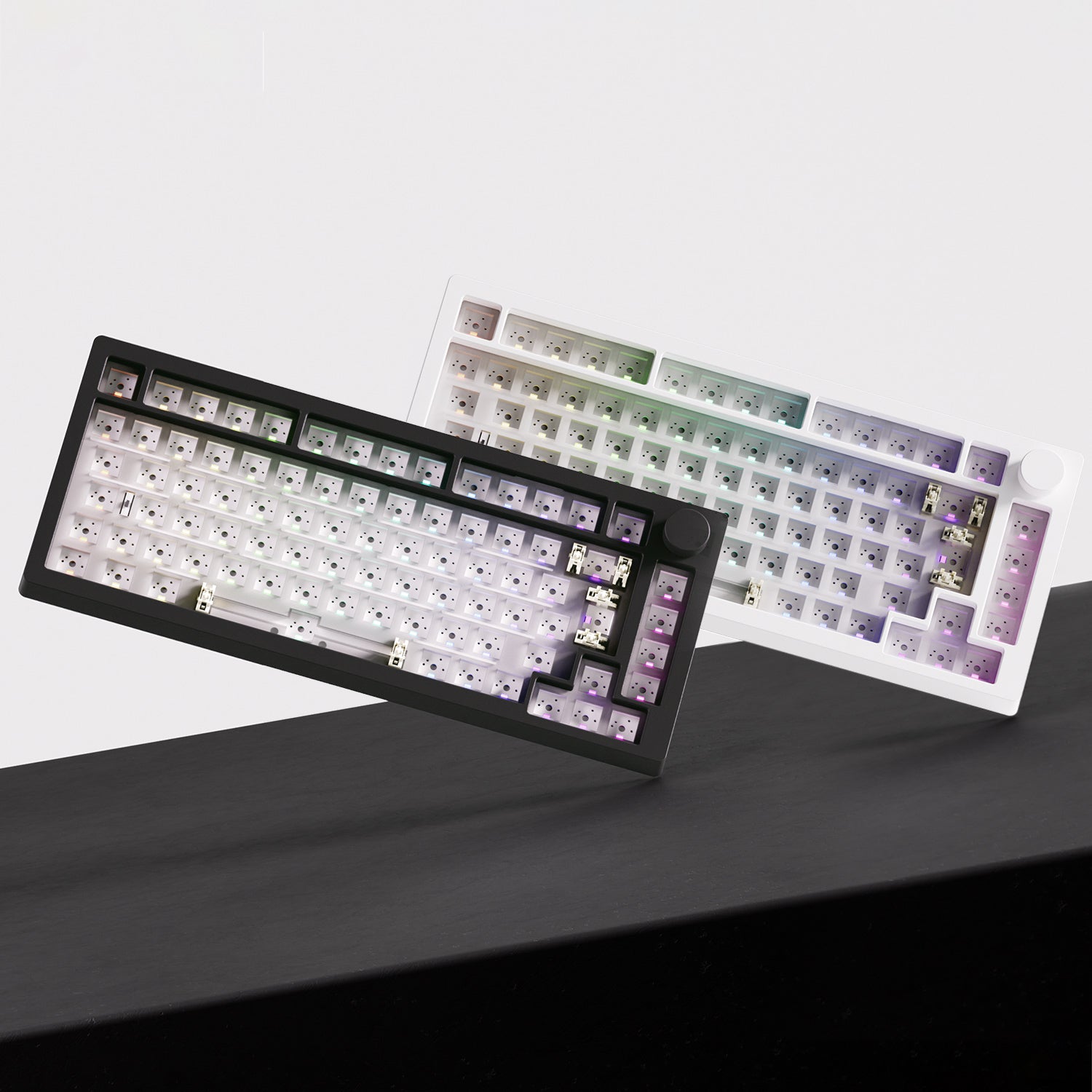



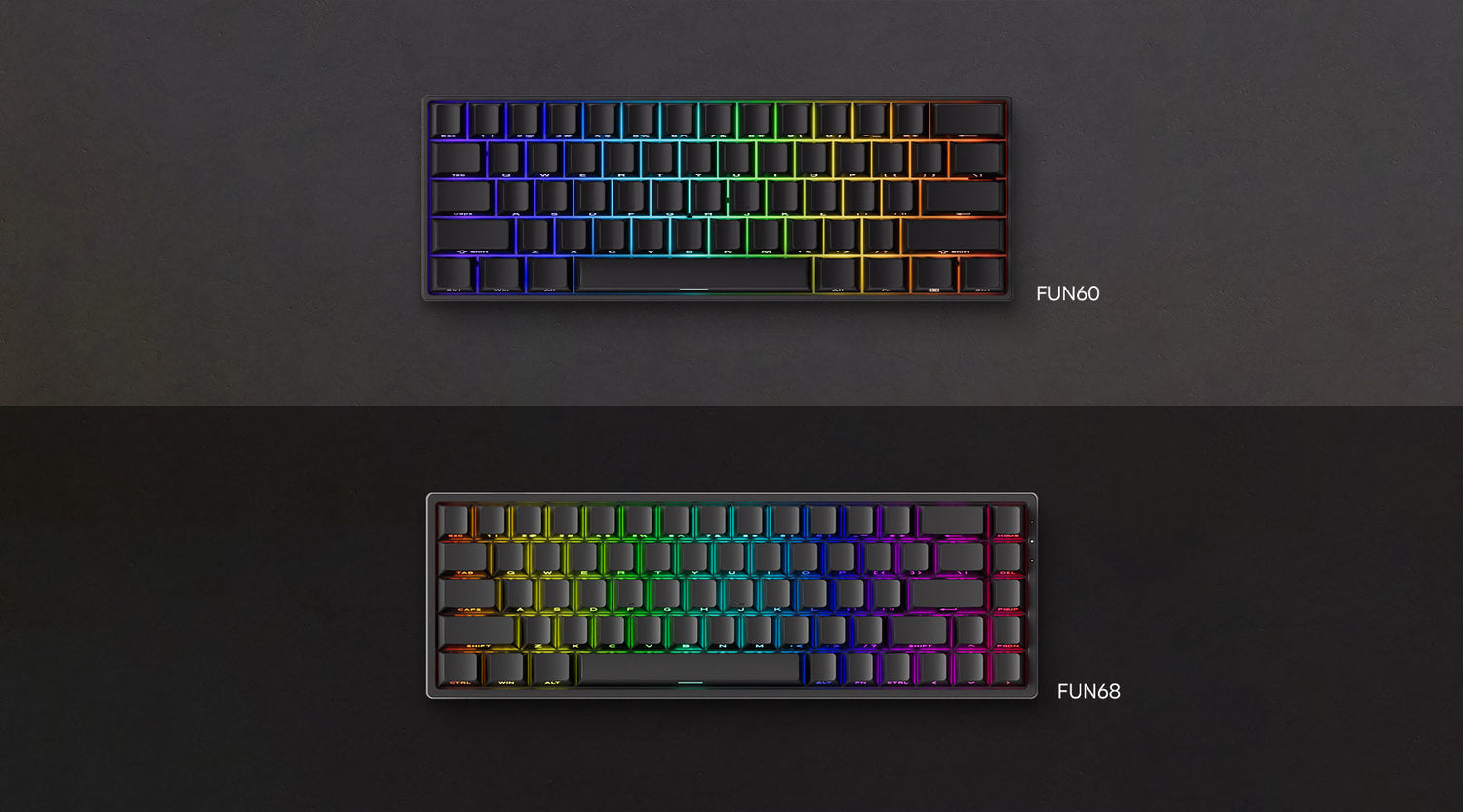
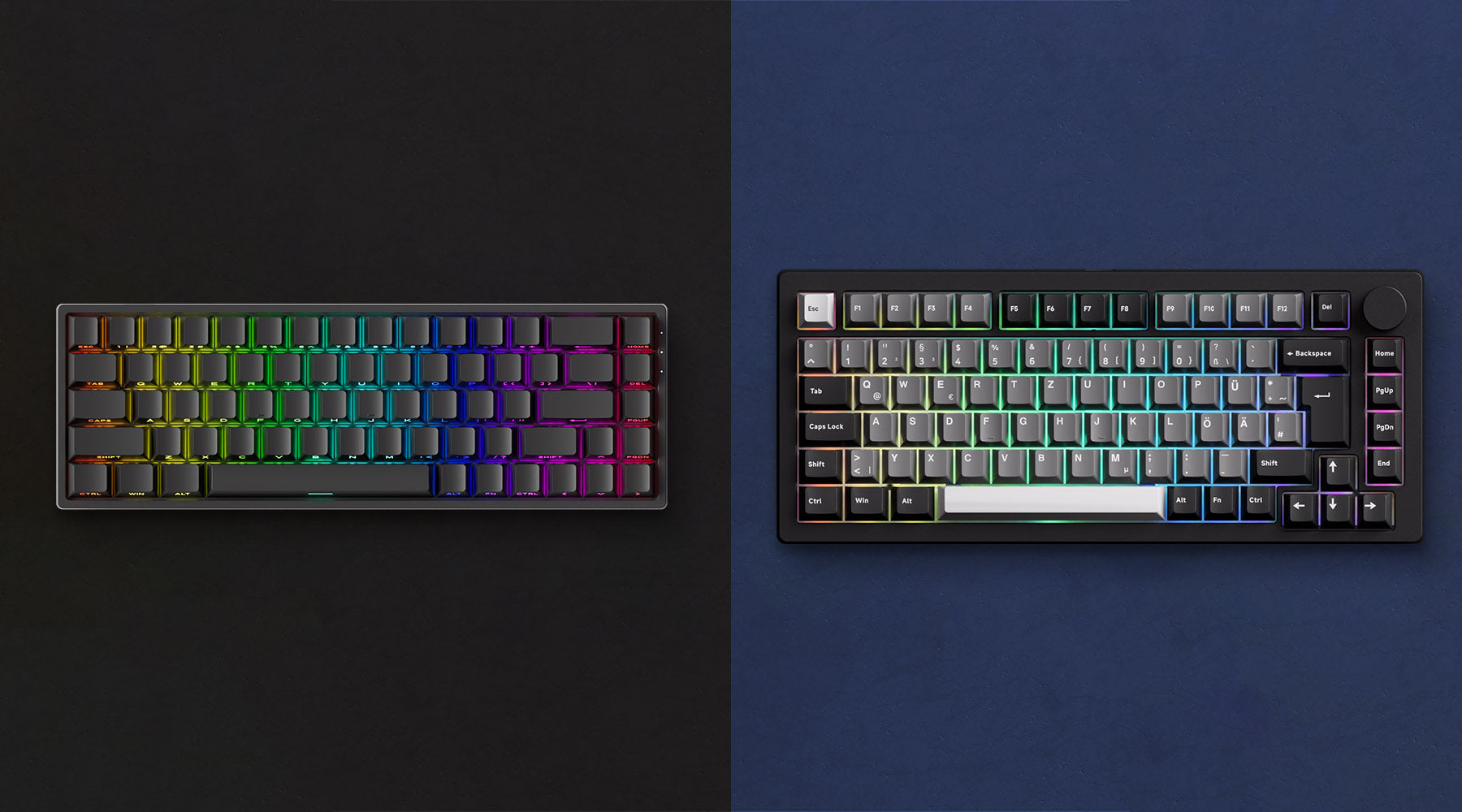
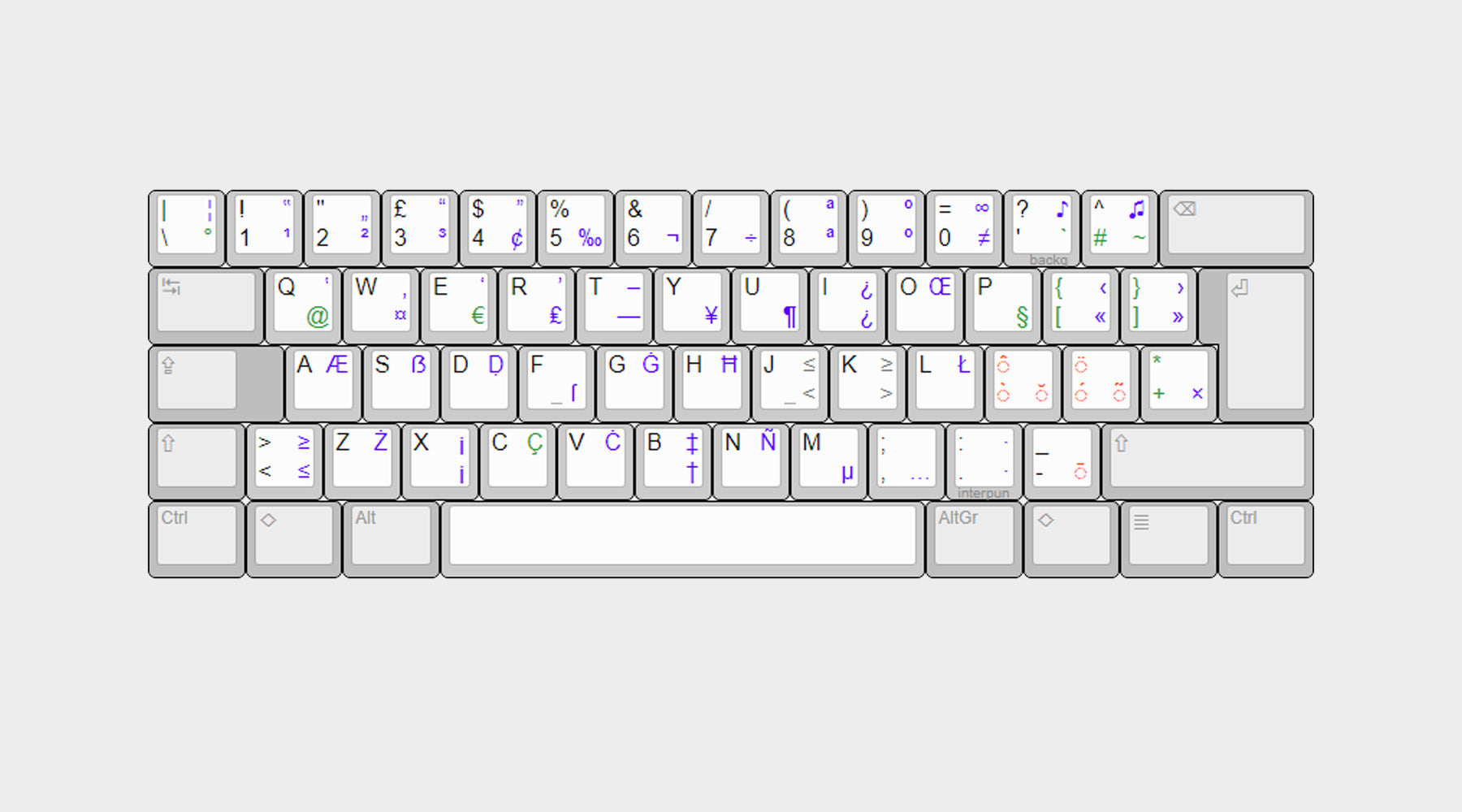
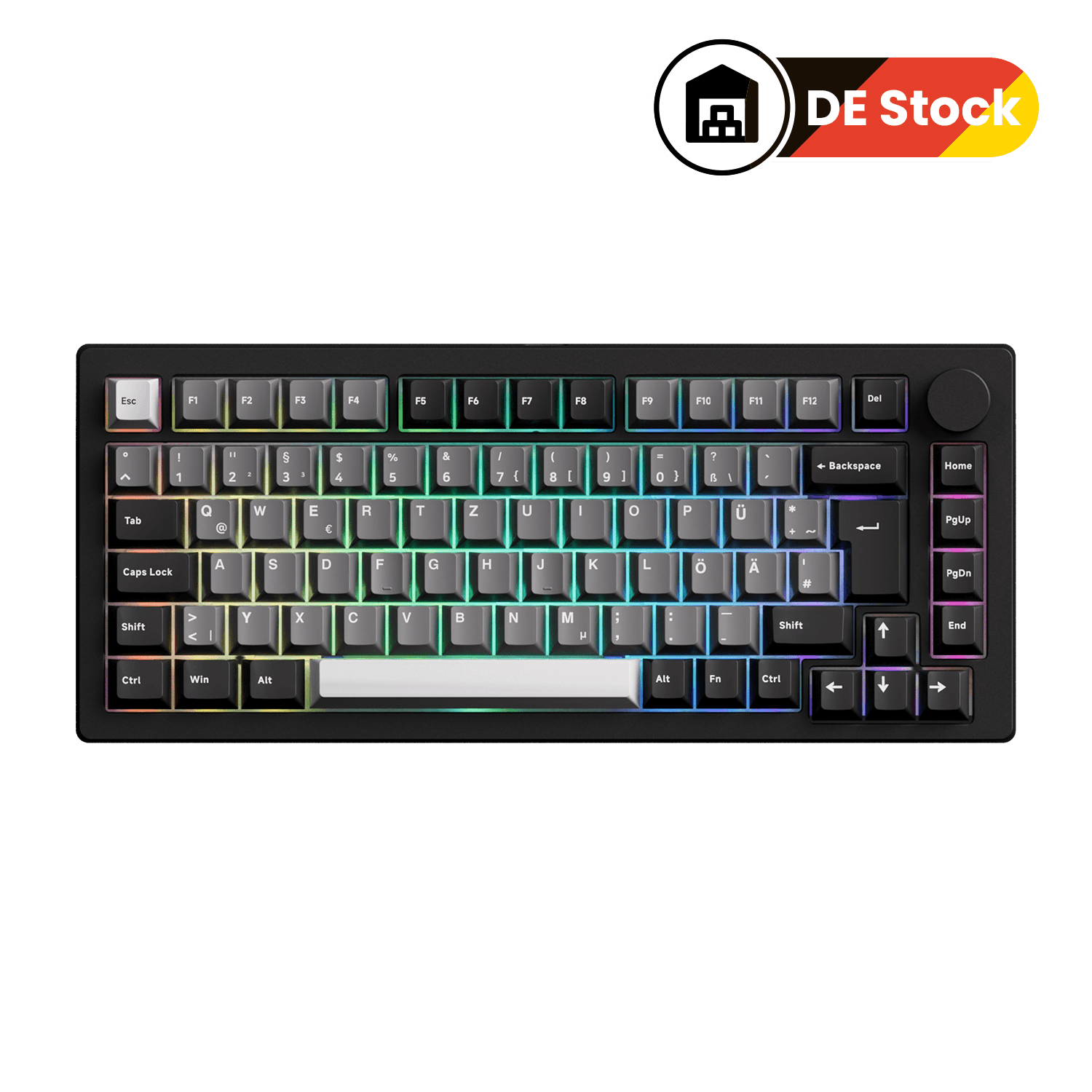
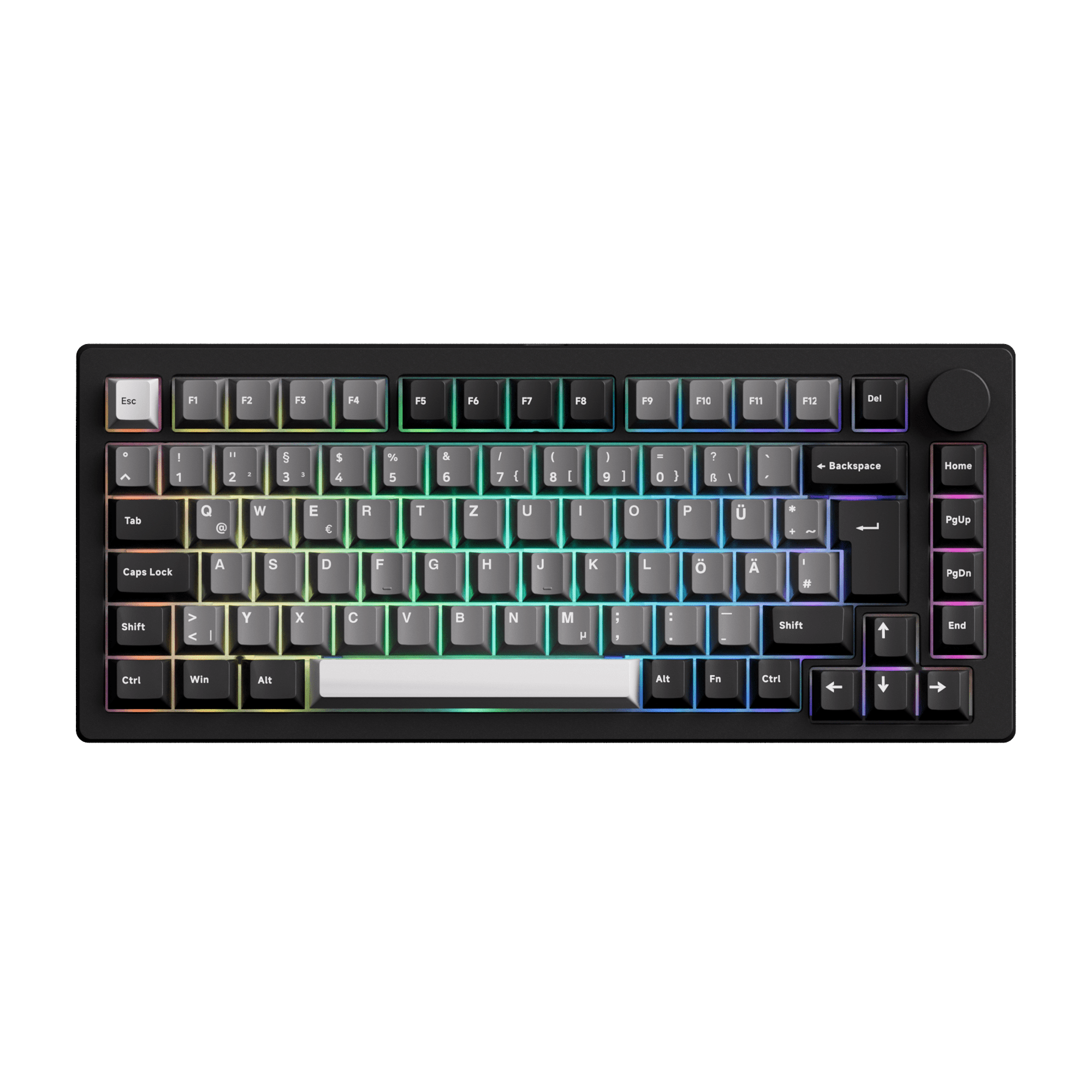
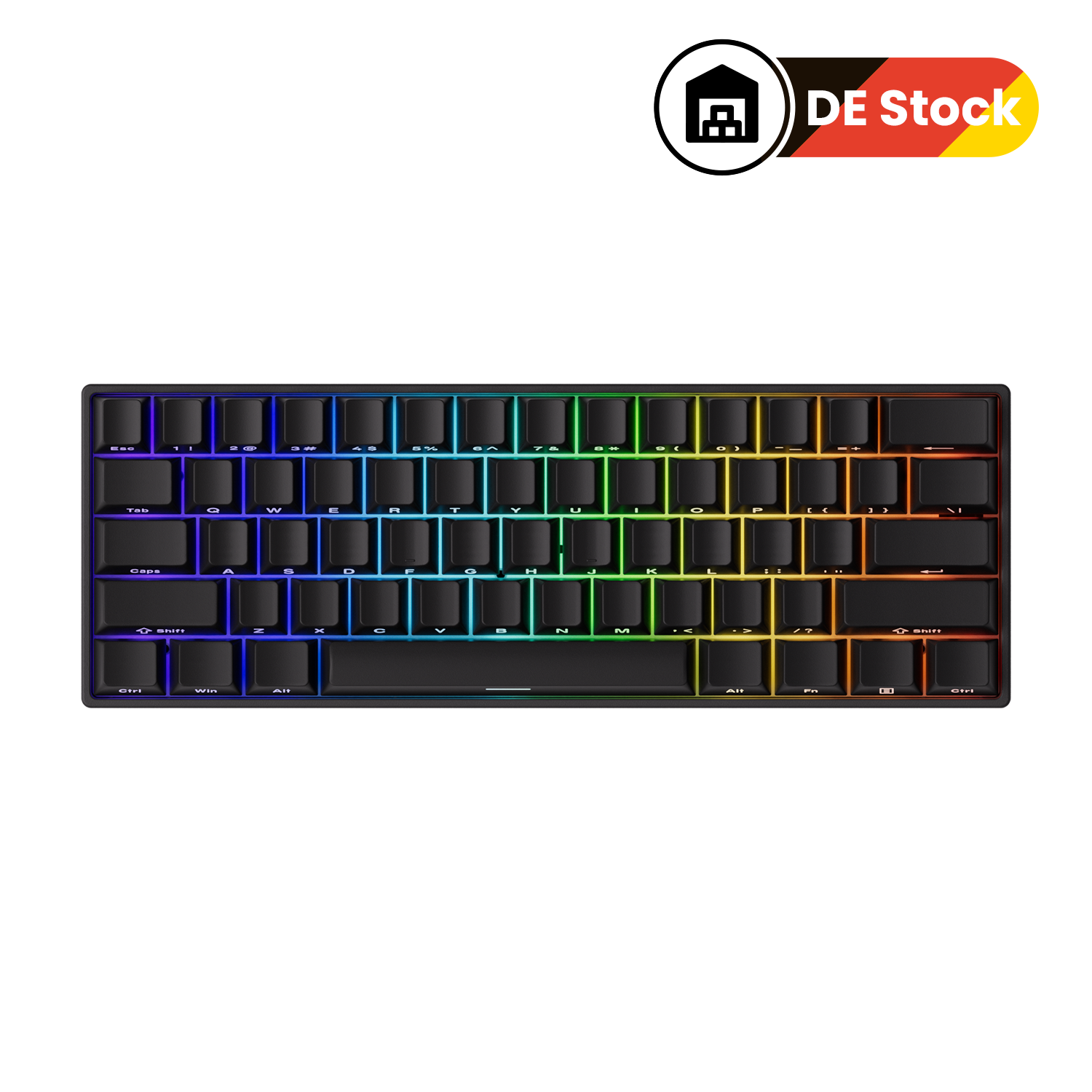
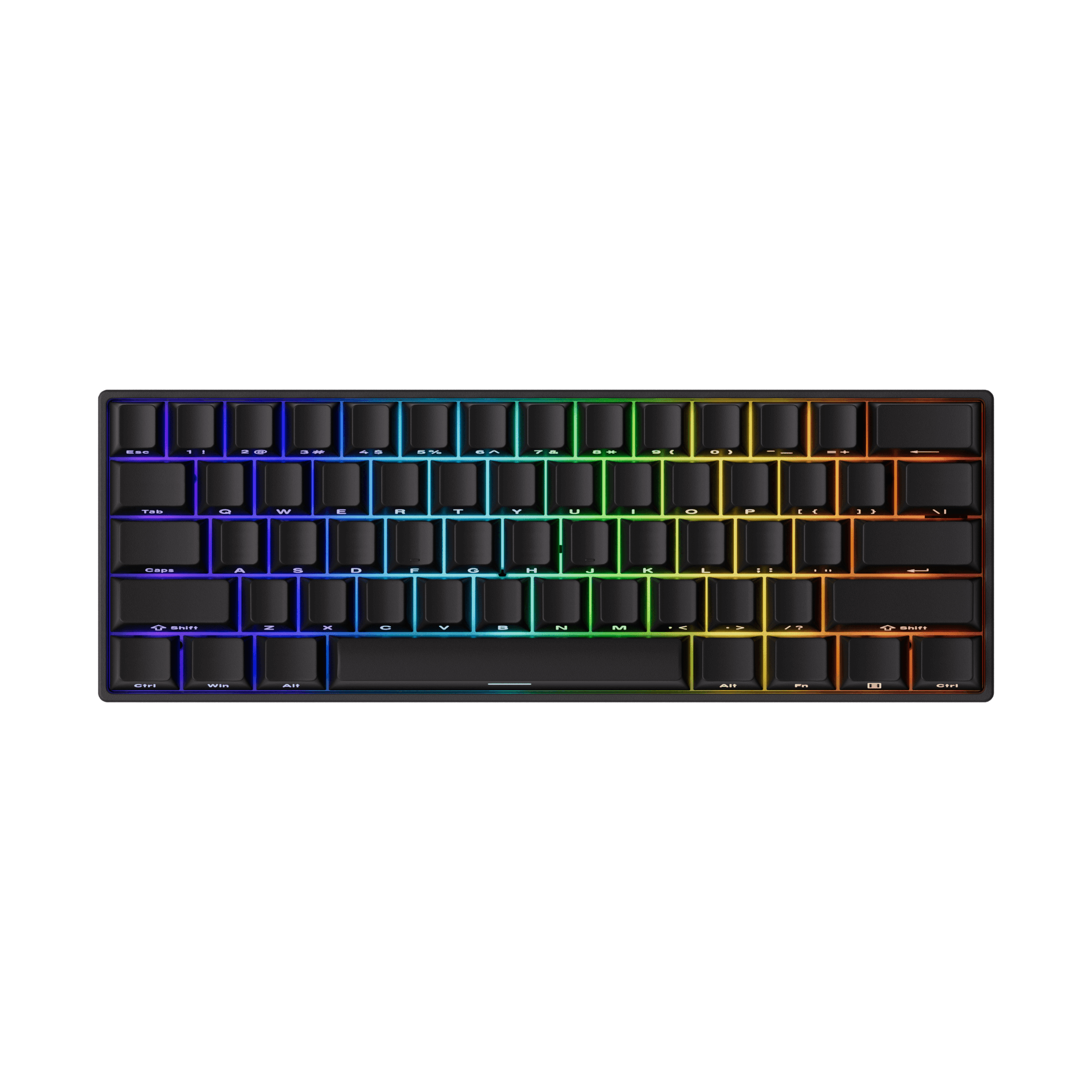
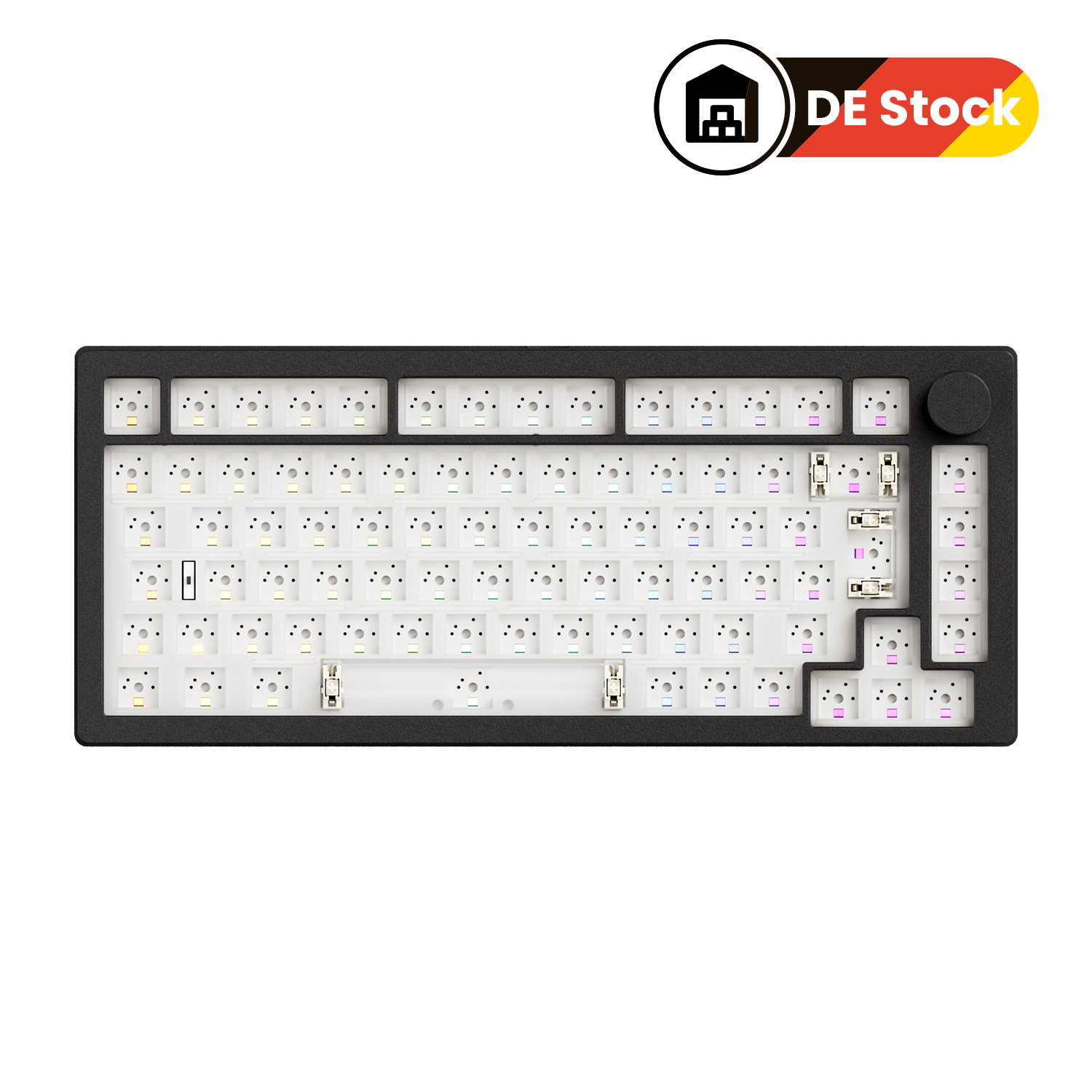
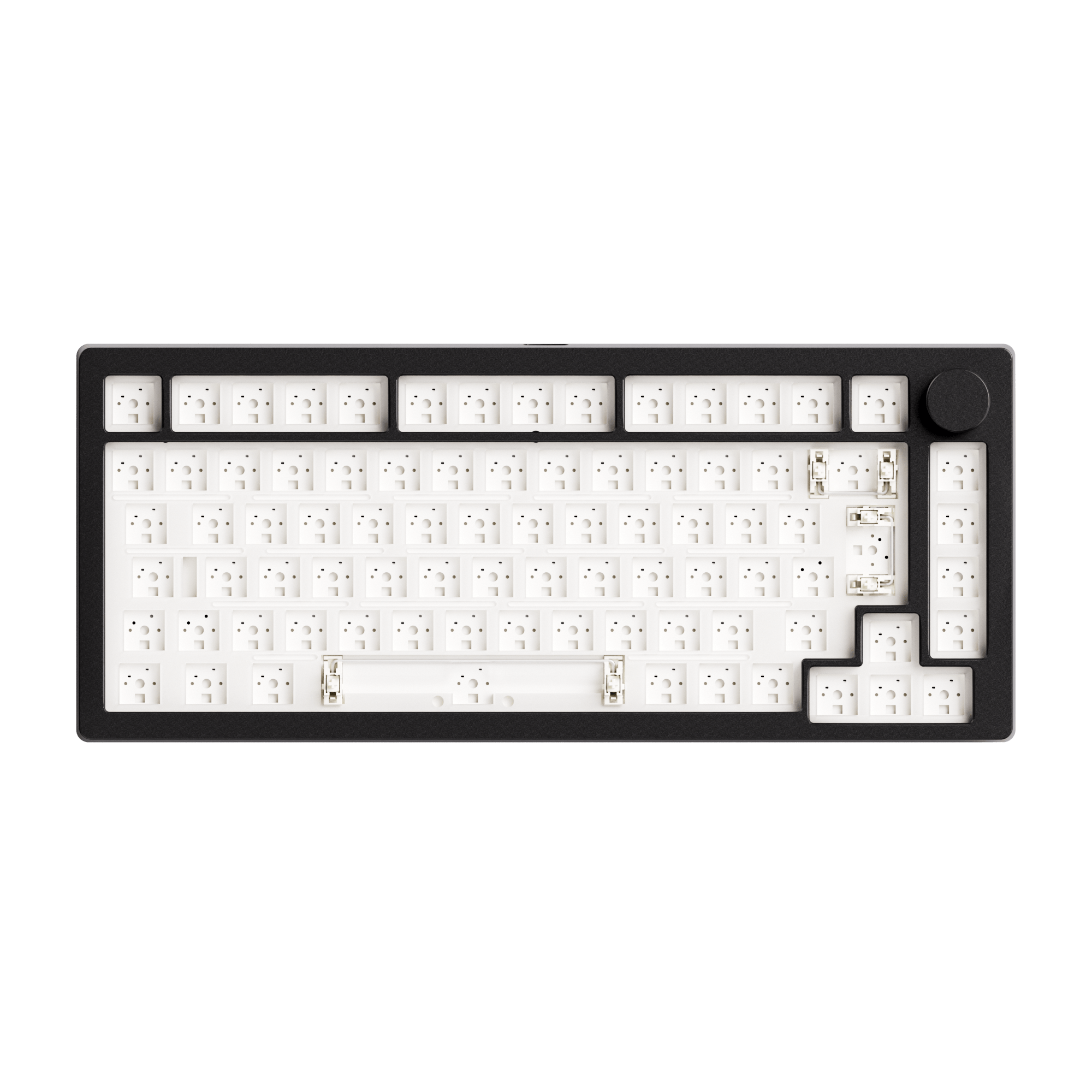


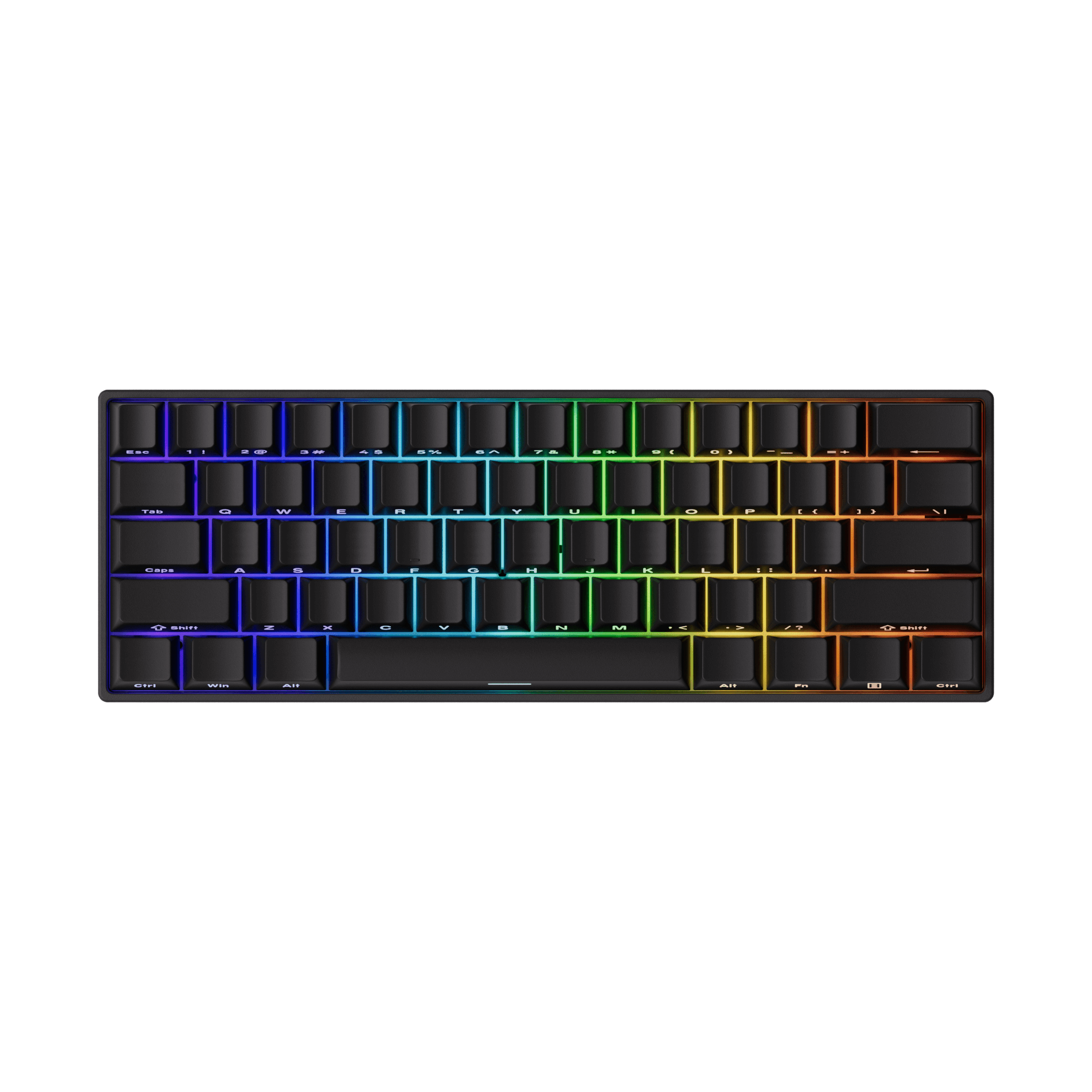
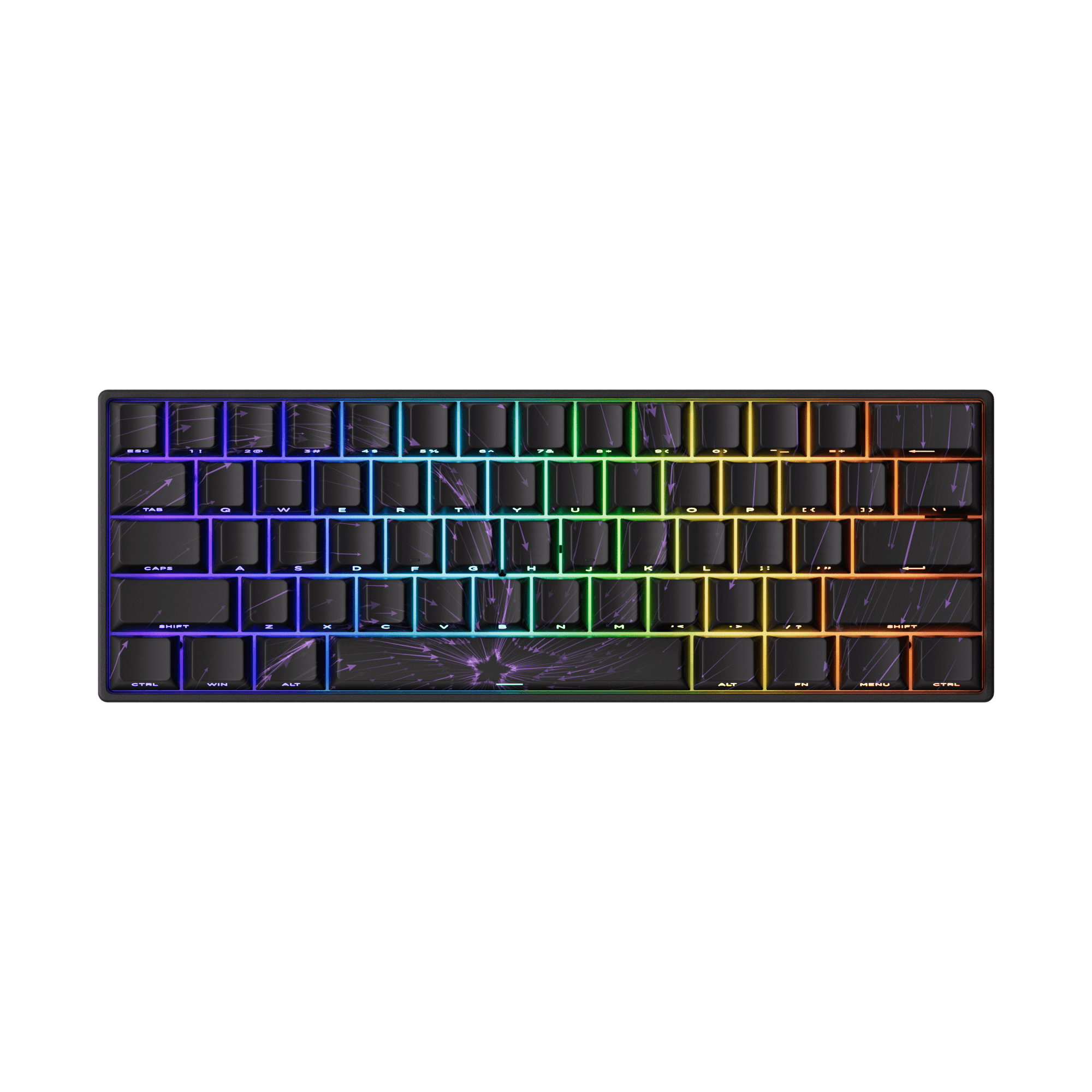
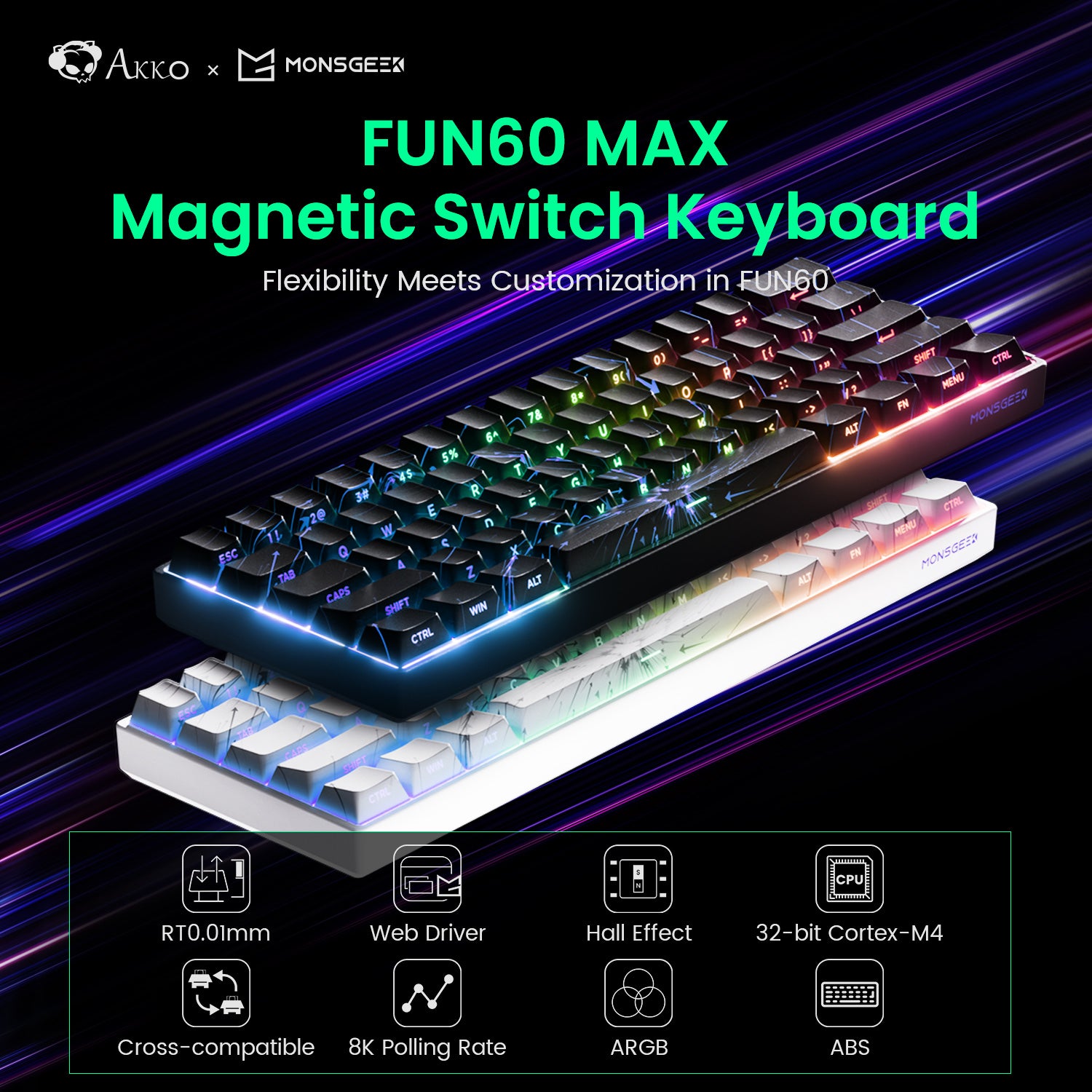

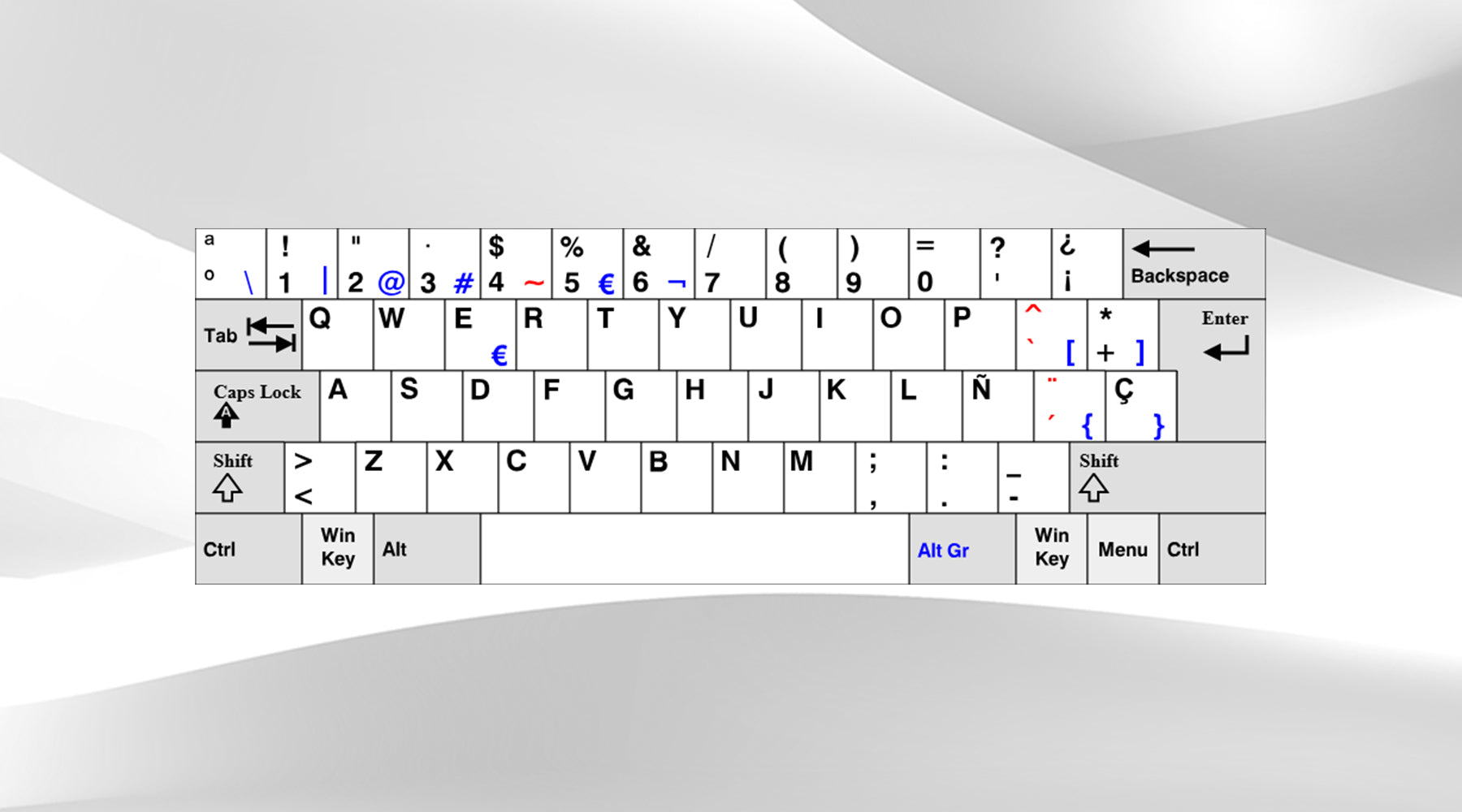
Laisser un commentaire
Tous les commentaires sont modérés avant d'être publiés.
Ce site est protégé par hCaptcha, et la Politique de confidentialité et les Conditions de service de hCaptcha s’appliquent.